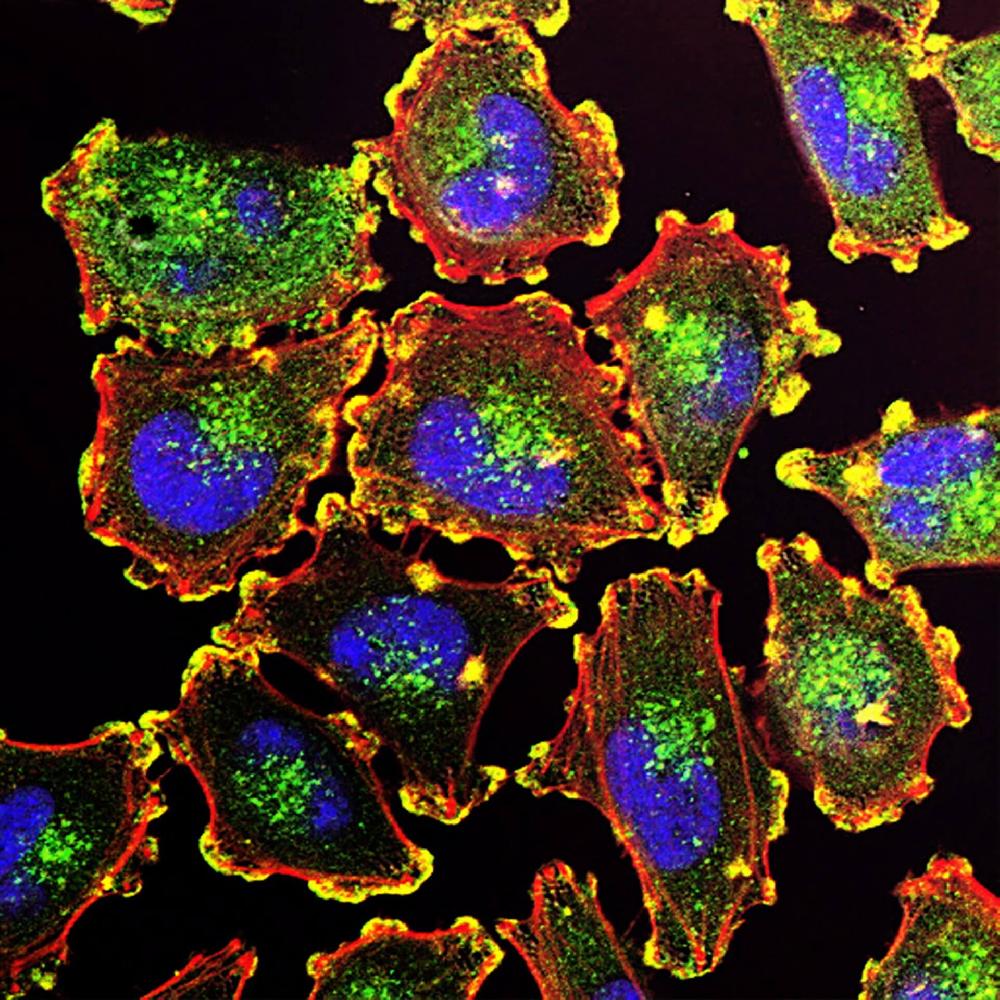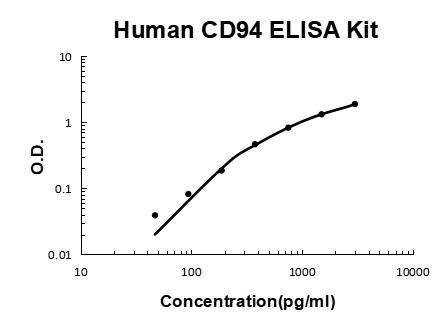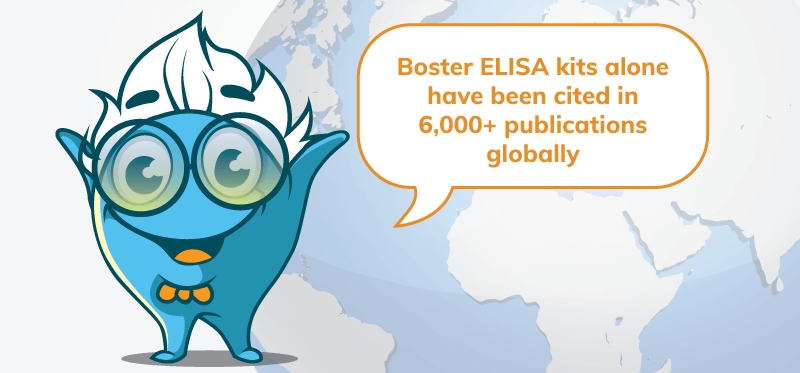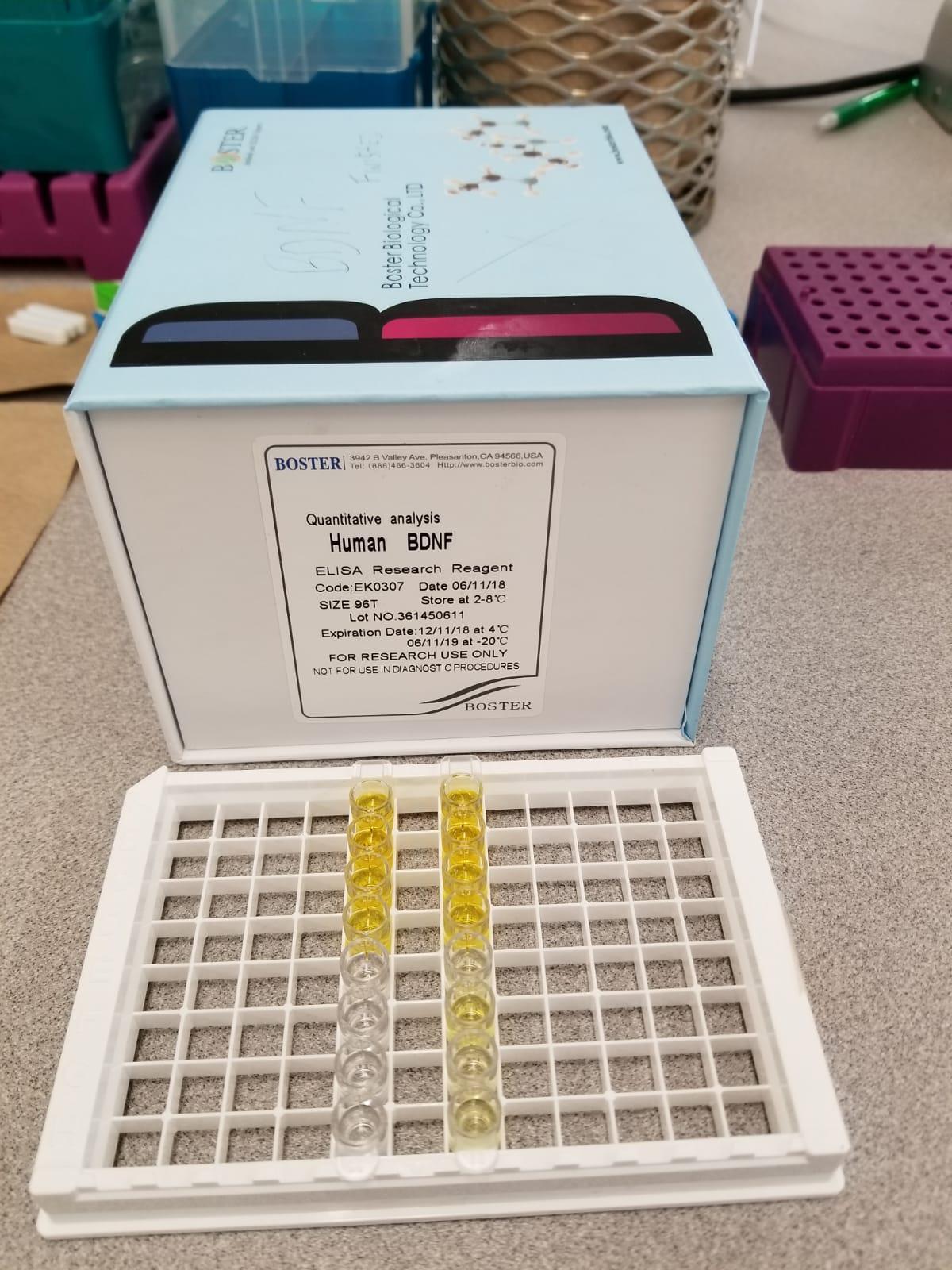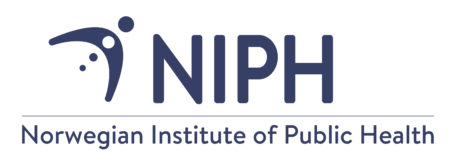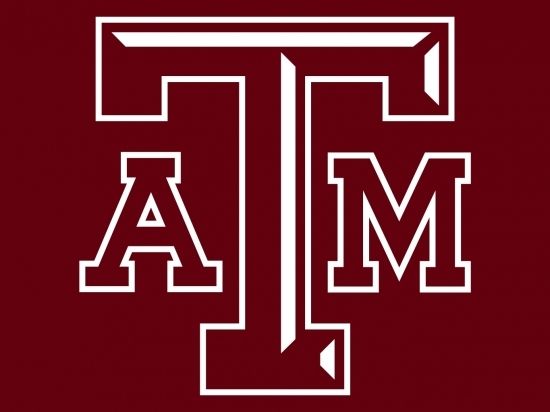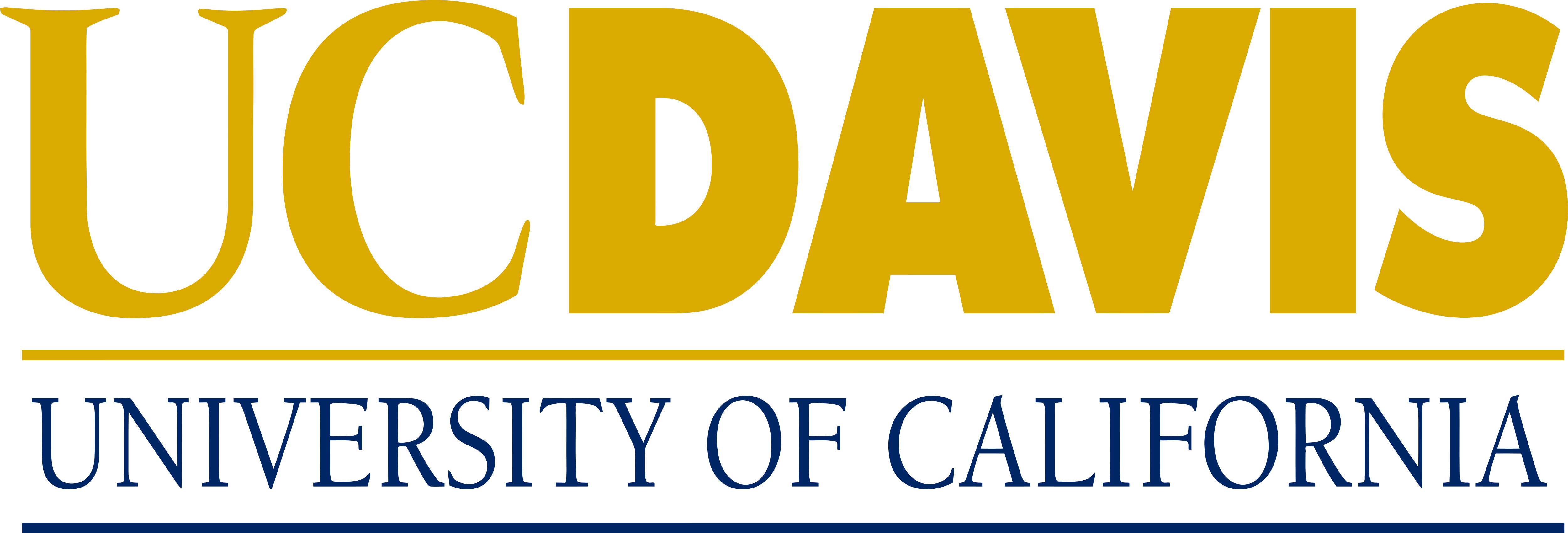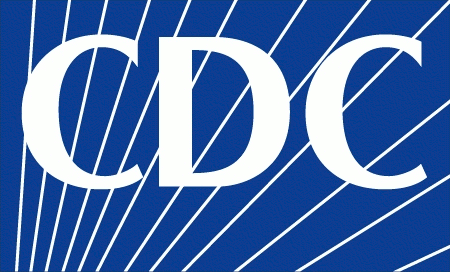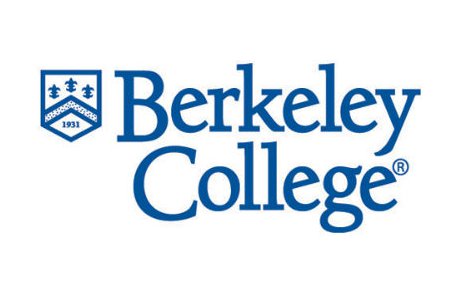High-Quality ELISA Kits In 6000+ Publications
Boster Biological Technology has 30+ years of experience in
manufacturing ELISA kits and antibodies. As a trusted ELISA kit
company, we proudly offer 1000+ ELISA test kits in both sandwich ELISA
format and competitive ELISA format, covering human, mouse, rat, and
various other mammalian species. As life scientists, we understand the
competitive and challenging nature of your work, and we do our best to
support your experiments, from design to data analysis. Boster's
enzyme-linked immunosorbent assays go through painstaking robust
validation to ensure the highest specificity, sensitivity, and
stability. Use Boster’s ELISA assay kits and you will have
reproducible, publishable data lot after lot. CiteAb.com, a big data
research company, rated us as the fastest growing antibody company in
the world in terms of publication citations. As of 2024, our ELISA
kits alone have been cited in 12,000+ publications globally. Boster's
enzyme-linked immunosorbent assays, including
Vitamin ELISA Test Kits, go through painstaking robust validation to ensure the highest
specificity, sensitivity, and stability.

"Great TNF-Alpha Kit from Boster! Very easy to use."
--Lab Technician from Appalachian State University
"No complaints. A simple, effective ELISA from Boster Bio. I'd
recommend the kit."
--Research Scientist from University of Wisconsin
